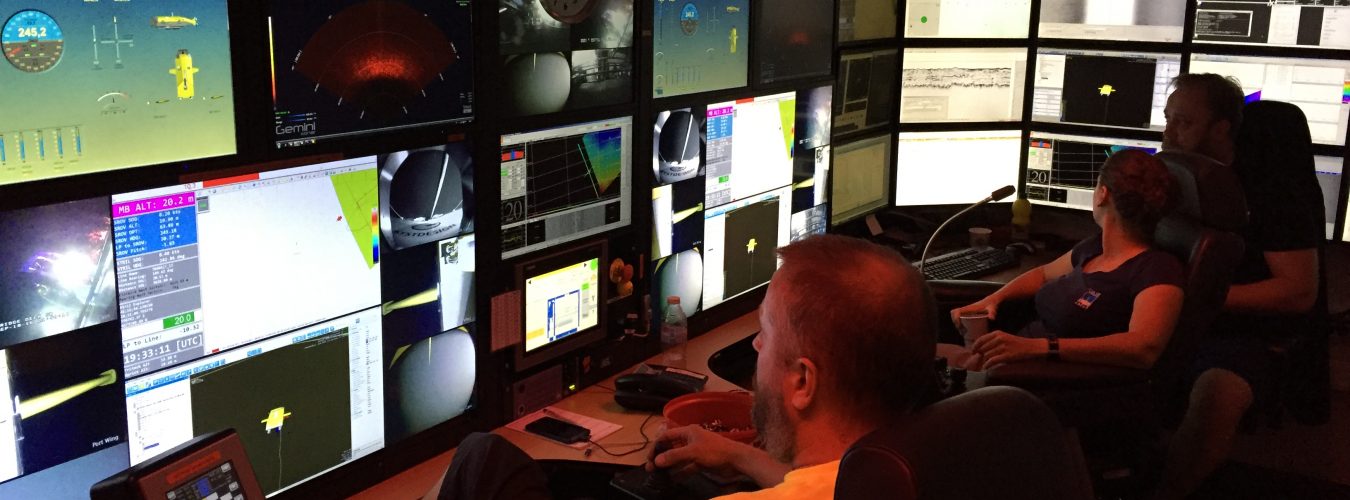Director: Dr Lucy Blue
Partners: University of Southampton, University of Ulster, University of Alexandria, The British Museum (supported by and cooperation partner of UNESCO)
Aims of MAST
Promotion: promotion of cultural heritage as an integral part of development process
Protection: protection of cultural heritage
Education: develop educational opportunities, programmes and centres
Advocacy: support, advice, advocacy on cultural heritage issues
Capacity: development of cultural heritage capacity
Activities of MAST
Maritime archaeology & coastal cultural heritage, environment & development
| Academic development research, training, education, workshops, publication, networks | Capacity building coursesuniversity, CPD, specialist training, advocacy support | Project work regional projects, surveys, excavations, assessment |
MAST aims to promote maritime archaeology and coastal cultural heritage stewardship in the Arab world (including North and East Africa, the Gulf and the northern Indian Ocean). It targets senior managers, academics, antiquity departments and ministries responsible for the protection of maritime heritage. It aims to raise awareness of the richness of the underwater and coastal cultural heritage, the potential threats faced, and the actions to mitigate the damage, educate and train antiquities officials, developers and students of archaeology and cultural heritage, and to build capacity to manage, protect and promote maritime culture for the future.
MAST operates under the umbrella of the University of Southampton, raises funds through research, impact grants and cultural heritage promotion and protection agencies, and acts in the capacity of consultant to advise the appropriate heritage bodies in the region. It ultimately aims to establish self-sustaining stewardship of the coastal and underwater heritage.
MAST was established in response to a need in the region and was developed as a result of successfully hosting two workshops and setting up the Centre for Maritime Archaeology and Underwater Cultural Heritage within the University of Alexandria, Egypt, with the support of Tempus, EC Directorate Education & Culture.
